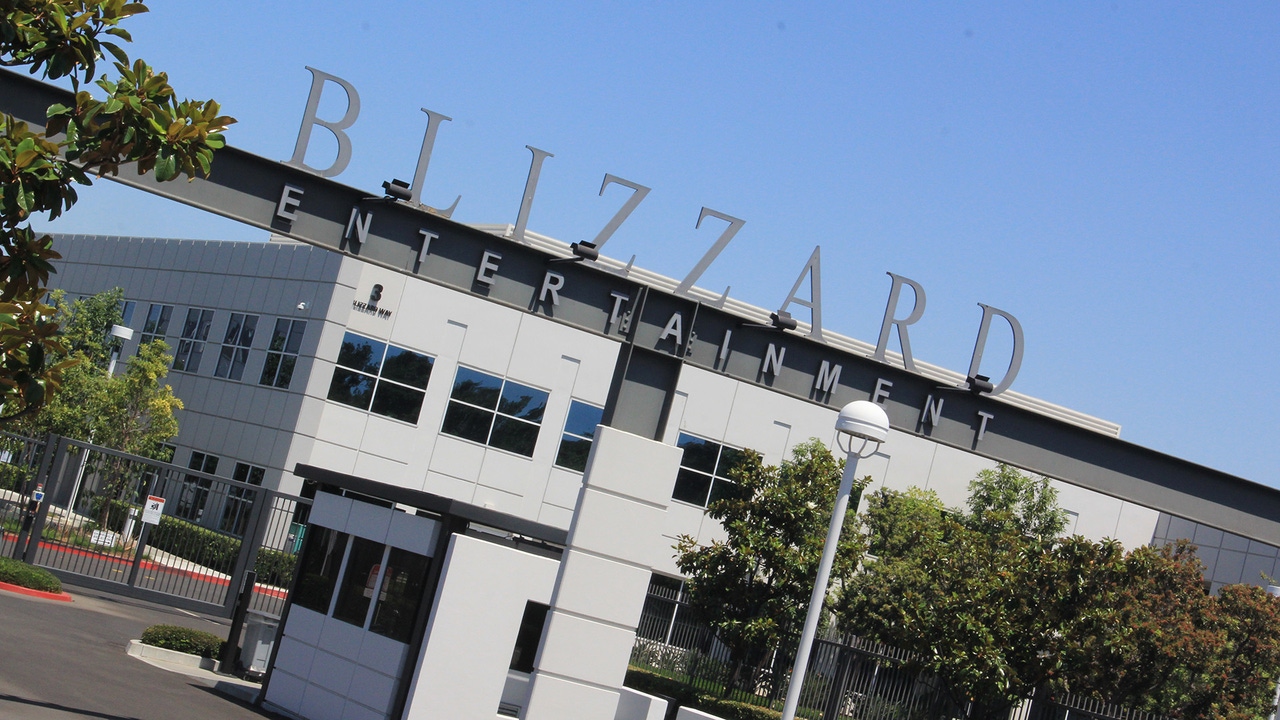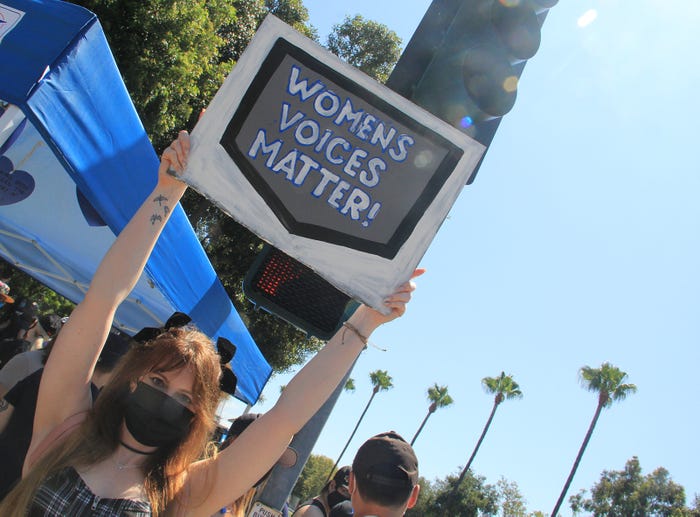Trending
Opinion: How will Project 2025 impact game developers?
The Heritage Foundation's manifesto for the possible next administration could do great harm to many, including large portions of the game development community.
The new book Play Nice: The Rise, Fall, and Future of Blizzard Entertainment sheds light on how Blizzard's road to success was shaped by a chaotic workplace culture.

"Some men were clearly from the 1990s [...] they complained about hiring women, and how you have to be careful around them." - former Blizzard assistant Connie Griffin
In hindsight, it sure seems like Blizzard's alleged culture of toxicity and sexual harassment was doomed to persist from its earliest days.
That's one clear takeaway from Jason Schreier's new book Play Nice: The Rise, Fall, and Future of Blizzard Entertainment, which hits bookshelves next week. The book is full of tales and secrets from the history of the game studio, including insights into cancelled games, conflicts between key leaders, and the impact of Bobby Kotick's drive to control the studio's output through Activision Blizzard.
Readers most concerned with the recently-settled lawsuit filed by the State of California over an alleged culture of sexual harassment, toxicity, and abuse won't find many new revelations here—the book doesn't quite answer the question "who knew what, and when?" that has lingered over allegations against the company. But it does explore how that culture came to be, and what factors kept the company from improving it.
The first warning sign appears on page 14, when describing design meetings at Silicon & Synapse, the company first founded by Mike Morhaime and Frank Pearce in 1991 that would later take on the Blizzard moniker. "All of Silicon & Synapse's employees were men, and these design meetings, fueled by caffeine and testosterone, could get rowdy. Sometimes there was screaming; sometimes there were fistfights," writes Schreier.
It was called "management by chaos," and over time, with the added pressures of alcohol, the difficulty of game development, and the explosive success of Warcraft: Orcs & Humans, it became a fire that couldn't be put out.
It seems that creative leaders that delivered success on one game by the seat of their pants were trusted to recreate the magic on follow-up titles—but that trust created excess pressure and created leeway for inappropriate behavior.
Anecdotes about veteran developers Chris Metzen, David Brevik, and Rob Pardo across the company's history include a drunken brawl that led to a door being torn down, Ultima Online sessions that slowed down work on Diablo II, and meetings that devolved into shouting matches.
One developer on Starcraft II told Schreier that developers would "just sit there for a full hour and watch Metzen and Pardo argue."
"Metzen would say it should be pink. Pardo would instantly say it should be blue, and only an idiot would make it pink," they said. "It was painful to watch."
This style of leadership finally crashed into a wall during the development of the cancelled MMORPG and Overwatch predecessor Titan. Metzen and Pardo apparently weren't as vocal in their disagreements during this project, but their conflicting ideas left developers spinning in circles, unsure of which boss they were answering to.
This overvalued trust in talented individuals led to the company allegedly looking the other way when warned about the behavior of employees like former World of Warcraft director Alexander Afrasiabi.
Another key issue in Blizzard's history is pay. Among the allegations against the studio were that the company underpaid female employees compared to their male counterparts. The company's settlements with the State of California and Equal Employment Opportunity Commission admitted no wrongdoing, but still created funds for current and former employees to access as compensation.
Again, Schreier's book documents fights over pay that go back to the studio's early days. The first instance of employees not feeling fairly compensated for their hard work apparently happened after the company was sold to Davidson & Associates.
Former employee Pat Wyatt explained to Schreier that he and other employees were furious at being denied equity in Silicon & Synapse before the sale, and though the transaction provided better compensation for workers, he was so angry he threatened to quit (the stock he was offered tanked in value after a later parent company, Cendant, was investigated by the SEC for fraudulent accounting practices).
Blizzard would later become well-known for its profit-sharing scheme for employees (a major point of contention between Morhaime and Kotick), but the path to that plan was full of speedbumps for underpaid developers. In 1998, Starcraft developers were told they wouldn't receive their expected bonuses because the game shipped late. In 2005, developers received bonus checks as low as $2,000 after launching World of Warcraft, and some left to form Carbine Studios.
This incident led Blizzard leadership to convince then-parent company Vivendi to let it implement the more well-known profit-sharing process.

Photo by Bryant Francis.
In theory, this scheme compensated employees who take relatively lower salaries at Blizzard, since the company's success will drive paychecks at the end of the year. But in 2024, Blizzard revamped the system again to prioritize employees on top-earning games, at the expense of their coworkers.
If the company couldn't square salaries that fairly compensated all employees, it's unsurprising it might find itself unfairly compensating women among its ranks.
The glue that bound many of these problems together was the intense crunch, as long work hours were a constant at the company from day one. Blizzard employees coped with the long hours by bonding over alcohol and turning the office into a second home, creating the foundations of an in-group that could be hostile to outsiders. Andy Weir, author of The Martian, allegedly faced retaliation from his peers for protesting long hours during a brief stint at Blizzard as a software engineer.
Building life around the office meant workers began dating their colleagues, and an "incestuous" culture of office romances took hold. Though not all relationships were destined to fail or inappropriate, the idea of Blizzard's campus being a dating pool gave plenty of workers tacit permission to sexually harass colleagues.
Any of these issues could have been addressed earlier—but the company was producing hits in an unpredictable market. If it wasn't broken, why fix it?
These are admittedly the darker and more frustrating anecdotes to be found in Play Nice, which also celebrates major wins like pivot to make Overwatch and shares major game development lessons from names like Second Dinner chief development officer Ben Brode. It also gives workers like Rachel Day a chance to share their stories, and explain how the sexual harassment they experienced impacted their day-to-day lives.
For years, developers have studied Blizzard Entertainment's famous hits in the hopes of capturing their success. Now with Play Nice, developers can study Blizzard's failures and strive not to repeat them again.
Game Developer has reached out to Blizzard Entertainment for comment on this story, and will update it when a response is given.
You May Also Like